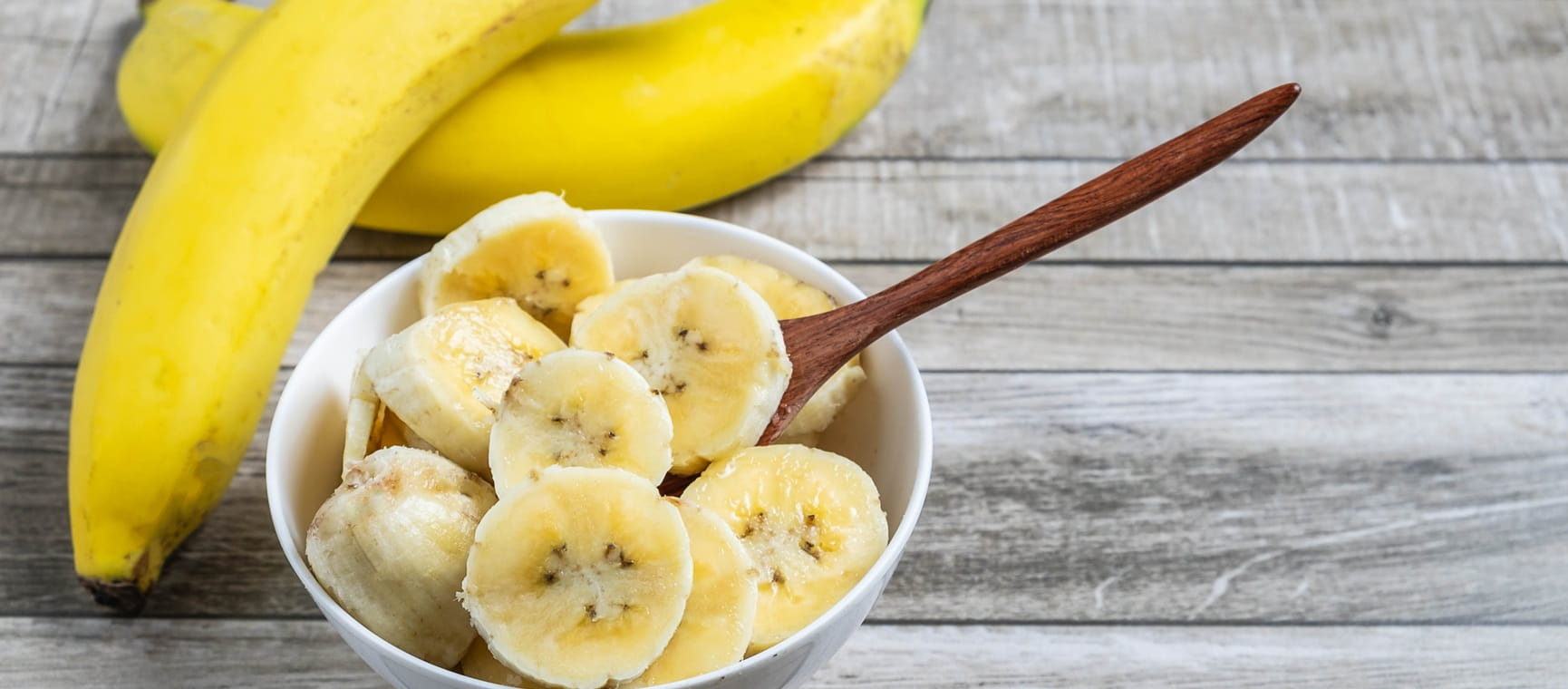Health & Wellbeing
Our experts show you simple and effective ways to stay healthy and active, so you can live your passions everyday.

How many hours of sleep do I need as I get older?

What do the new rules on online GP appointments mean for you?
New measures for GP appointments are in the headlines, but what effect will they have for you when it comes to getting to see a doctor?

Winter vaccine guide: what’s available and what you still can’t get
The NHS winter vaccination campaign kicks off next week. Here’s the lowdown on what you need to book.

The 10 health benefits of bananas – and who should avoid them
We reveal the banana super-powers you might not know about – and why this yellow fruit isn’t great for everyone.

What’s the best age to retire? The pros and cons of retiring in your 50s, 60s and 70s
Are you retiring at the wrong age? The best age to retire for your body, brain, happiness and pocket.

A new study suggests the shingles vaccine can protect against dementia - should you have it?

Am I at risk of sepsis – and what are the signs?
Would you know the symptoms of sepsis? What you need to know and why prompt action can be lifesaving.

Eggs: are they healthy or not?
Once considered a cholesterol-raising villain, have eggs finally been proven to be good for you? We unscramble the facts.

How not to fall ill this winter

7 Signs you might have cataracts
Cataracts are a normal part of ageing. Learn how to spot the signs – and when it’s time to consider surgery.

Tired all the time? You might be missing these nutrients

The one simple move that will help you age well
Personal trainer Louise Arnold reveals the expert exercise tips to support longevity.

How to prevent falls - and what to do if you have one
Advice from a brain injury expert on reducing your risk of falls and how to spot the signs of concussion if you do.

Fancy a snack? What to eat to avoid blood sugar spikes
Nutritionist Ann Garry reveals the one rule she always sticks to when it comes to snacking.

Perfect for browsing at home or on the go, the Saga Magazine app is packed with exclusive digital only content including interactive puzzles and games. You can even listen to some articles with our new audio feature.
Play our free daily puzzles
Beat the boredom and exercise your mind with our selection of free puzzles.



